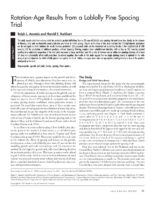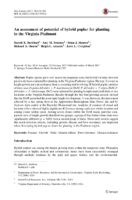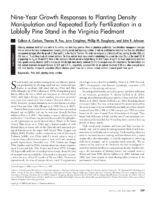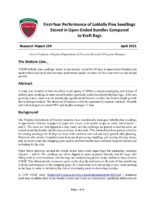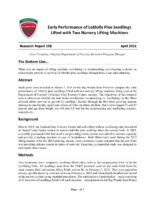Making Sense of the Genetics Market
June 8, 2021 - Report explains loblolly pine genetics, tree improvement, and the evolution of seedling markets, and is intended to help landowners understand their choices in seedling genetics. Steve McKeand is Professor of Forestry and Environmental Resources and Director, North Carolina State University Cooperative Tree Improvement Program.





